Gymnastics is a sport which develops balance, flexibility, coordination, strength and agility – all attributes of good physical development. It offers a wide variety of activities ensuring a participant will be challenged and be successful. Through interaction in the structured environment of gymnastics, listening skills, self respect, and respect for others are developed. And to top it all off, gymnastics is fun!
Recreational Gymnastics is one of the best activities for contributing to the overall development of a child as it teaches children how to control their bodies. For children and adults of all abilities, gymnastics provides the foundation for participation and success in all other athletic activities. In many nations, gymnastics training precedes introduction to any other sport as a way of avoiding injuries and helping children establish a foundation for future success and enjoyment in sport. Skills included in a basic gymnastics curriculum are running, skipping, rolling, swinging, turning, jumping and landing.

